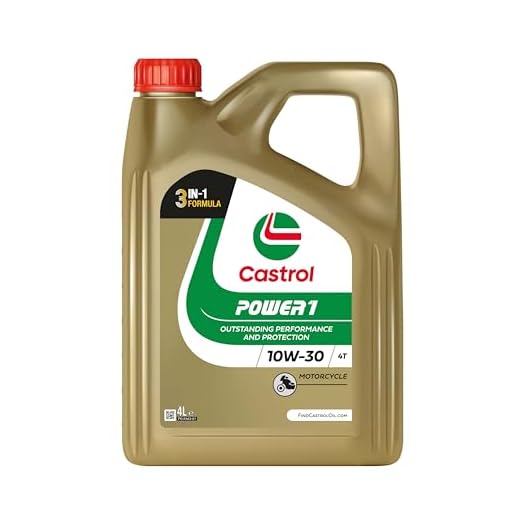



For optimal results in your high-powered cleaner, I recommend using 10W-30 or 10W-40 multi-grade motor lubricant. This viscosity range ensures smooth operation across various temperatures, offering effective protection during different weather conditions. Stick to high-quality brands to ensure longevity and consistent performance of your equipment.
When selecting a product, look for variants that specify compatibility with air-cooled engines. Such options typically contain additives that reduce wear and tear, maintain engine cleanliness, and enhance overall performance. Always check the manufacturer’s manual for specific recommendations to avoid potential issues.
If you’re operating under extreme conditions, consider a synthetic oil. These formulations provide greater thermal stability and superior protection against deposits and breakdowns, especially during heavy usage periods. Remember, investing in the right lubricant is key to the longevity and reliability of your cleaning device.
Choosing the Right Lubricant for Your Engine
I recommend high-quality 4-stroke engine lubricant with an SAE rating of 10W-30 for your motor. This viscosity will ensure adequate protection across various temperatures. It’s crucial to adhere to the manufacturer’s specifications, which are usually outlined in the user manual, for optimal performance and longevity.
Importance of Quality
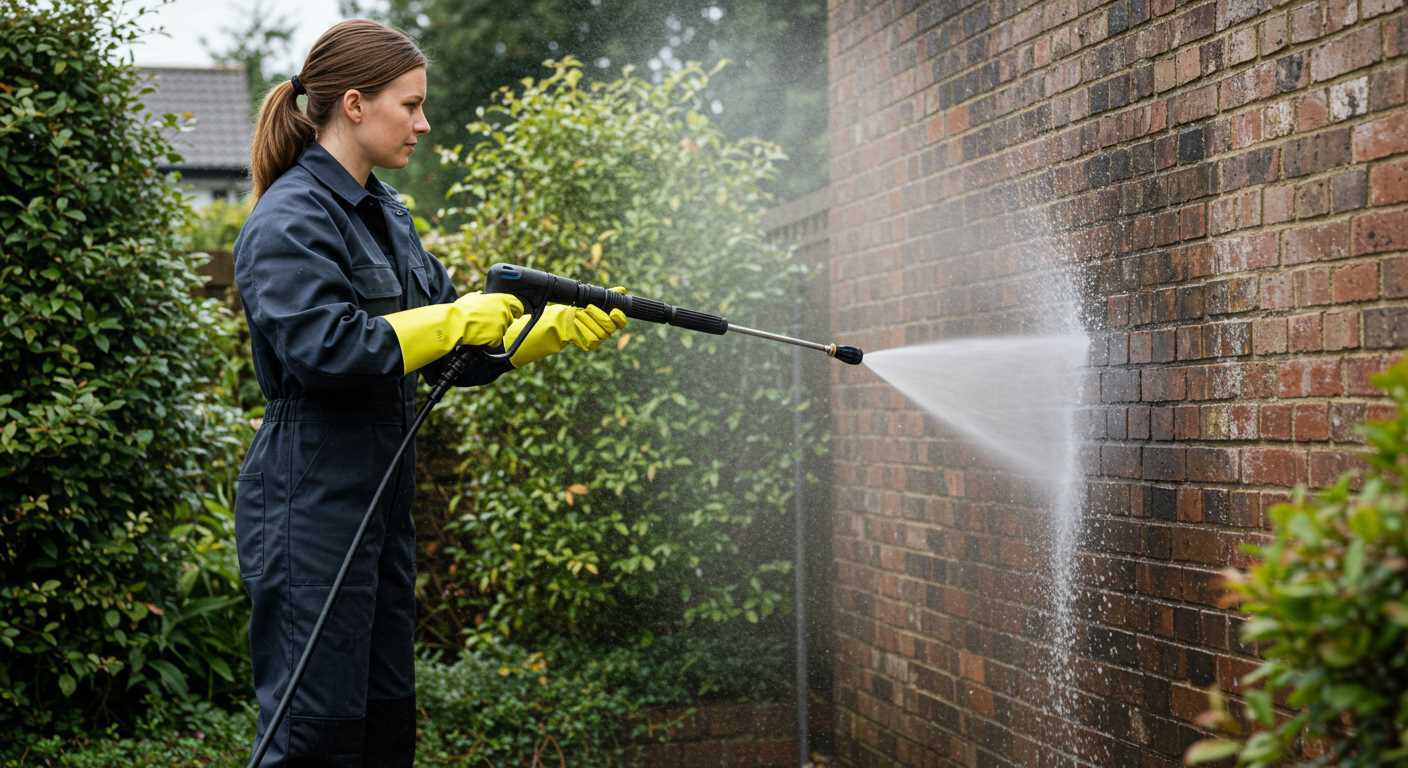
Using a reputable brand can significantly impact functionality and lifespan. Look for products labelled as meeting or exceeding API (American Petroleum Institute) standards. Such oils provide enhanced protection against wear, contamination, and heat, ensuring your equipment runs smoothly.
Regular Maintenance Tips
Always check the lubricant level before operation. Make a habit of changing it after every 20-50 hours of use, as this will help prevent engine wear and maintain efficiency. Ensure you dispose of used liquid properly, adhering to local regulations, to protect the environment.
Understanding Engine Specifications for Oil Selection
Refer to the owner’s manual of your machine for precise viscosity grades and specifications tailored for the engine type. Typically, SAE 30 or 10W-30 is recommended for outdoor equipment with a four-stroke engine. Ensuring that the lubricant meets API standards is equally crucial for optimal performance and longevity.
Key Specifications to Consider
- Viscosity Rating: This denotes the oil’s thickness. Higher temperatures may require lighter alternatives, while cooler conditions demand thicker solutions.
- API Certification: Look for the American Petroleum Institute symbol, as it indicates the quality and suitability for your engine type.
- Type: Synthetic oils offer superior protection and performance at high temperatures compared to conventional types. Assess if your model benefits from synthetic formulations.
Engine Maintenance and Performance
Regularly check the lubrication level and replace it according to the manufacturer’s intervals. A well-lubricated engine reduces wear and enhances efficiency, which correlates directly with the pressure performance of the unit. Additionally, maintaining clean filters will help sustain the integrity of the engine and improve overall operation.
Recommended Oil Types for Different Pressure Washer Models
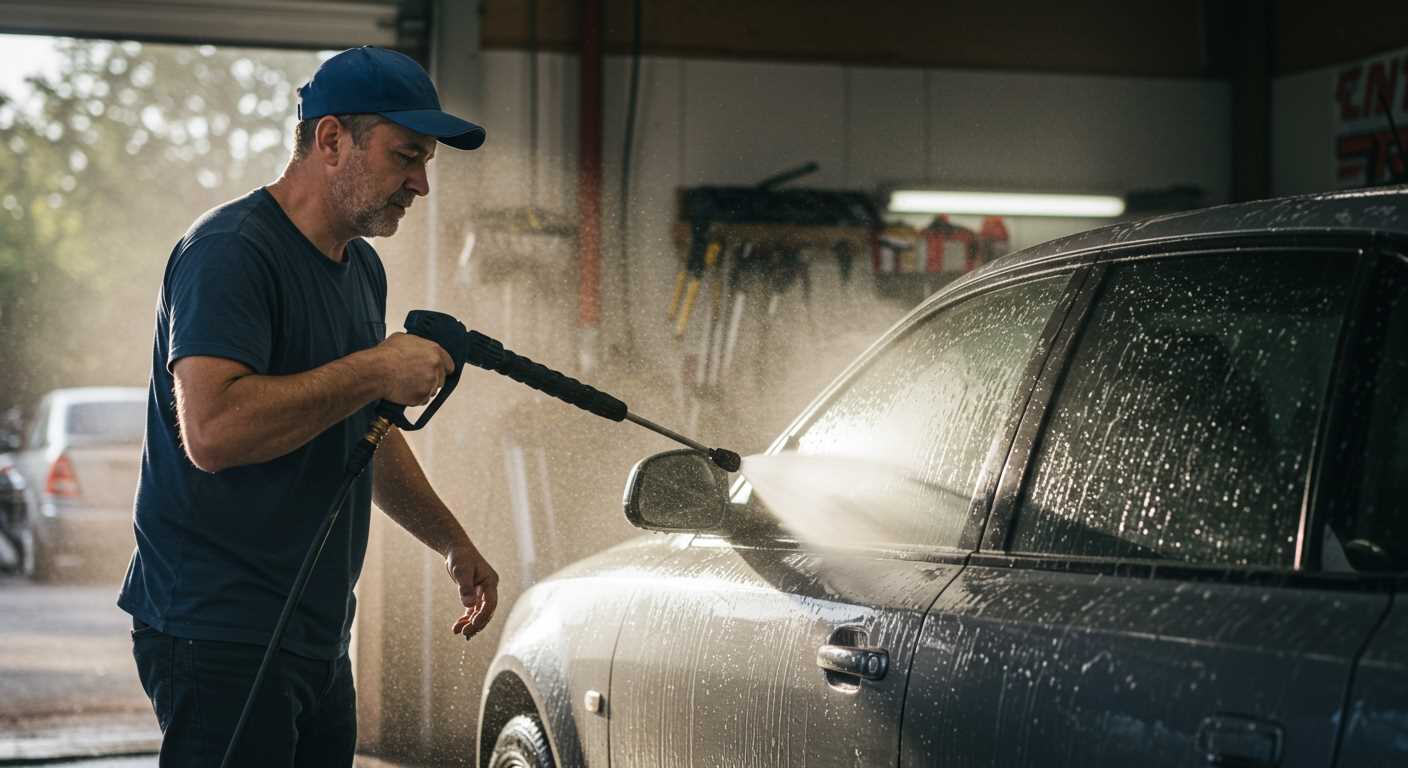
For optimal performance, selecting the correct lubricant for various models is crucial. Below is a breakdown of recommendations based on engine specifications.
Portable Models
- Honda Engines: Lightweight units with GX series engines typically thrive on 10W-30 multi-viscosity. This formulation provides excellent protection across varying temperatures.
- Briggs & Stratton: For these engines, 30W detergent-based lubricant suits most models, ensuring smooth operation and longevity.
Commercial Grade Units
- Kohler Engines: It’s best to employ synthetic 5W-30 to enhance fuel efficiency and performance, particularly in high-use scenarios.
- Loncin Engines: These engines perform well with 15W-40, which offers solid protection in moderate to heavy usage conditions.
Always refer to the owner’s manual for specific requirements, as manufacturers may have unique preferences based on the design and intended application of their models. Maintaining proper levels and regular changing of the lubricant will extend the service life of your equipment significantly.
Viscosity Ratings: Which Grade is Best for Your Machine?

For optimal performance, select a grade suited to your engine’s requirements. Most small engines thrive on 10W-30 during warmer months and 5W-30 in cooler conditions. The first number indicates low-temperature fluidity, while the second denotes high-temperature viscosity.
Understanding Viscosity Ratings
Viscosity ratings are crucial as they determine how well the lubricant circulates within the engine. A higher viscosity means thicker fluid, providing a protective layer during high operating temperatures. Conversely, a lower viscosity allows easier flow at startup, reducing wear and tear in colder conditions.
Always check the user manual for specific recommendations, but here’s a general guide based on typical environmental conditions:
| Temperature Range (°C) | Recommended Viscosity |
|---|---|
| -10 to 10 | 5W-30 |
| 0 to 30 | 10W-30 |
| 20 to 40 | 10W-40 |
| Above 30 | 15W-40 |
Choosing the Right Grade
Temperature conditions and manufacturer specifications play a vital role in grade selection. During seasonal changes, particularly in regions with extreme climates, adjust the viscosity accordingly. Maintaining consistent viscosity prevents excessive breakdown and engine stress, ensuring longevity.
In summary, consider local temperatures and always refer to your specific device’s manual for precise guidance on the best choice to maintain efficiency and performance. Keeping these recommendations in mind will greatly enhance your machine’s reliability.
How to Properly Check and Change Fluid in Your Cleaning Machine
To begin, ensure the unit is not running and has cooled down. Locate the dipstick, which is typically found on the side of the engine. Remove the dipstick, wipe it clean with a lint-free cloth, and reinsert it without screwing it back in place. Pull it out again to check the level. If the fluid is below the recommended mark, it needs to be replenished.
Draining the Old Lubricant
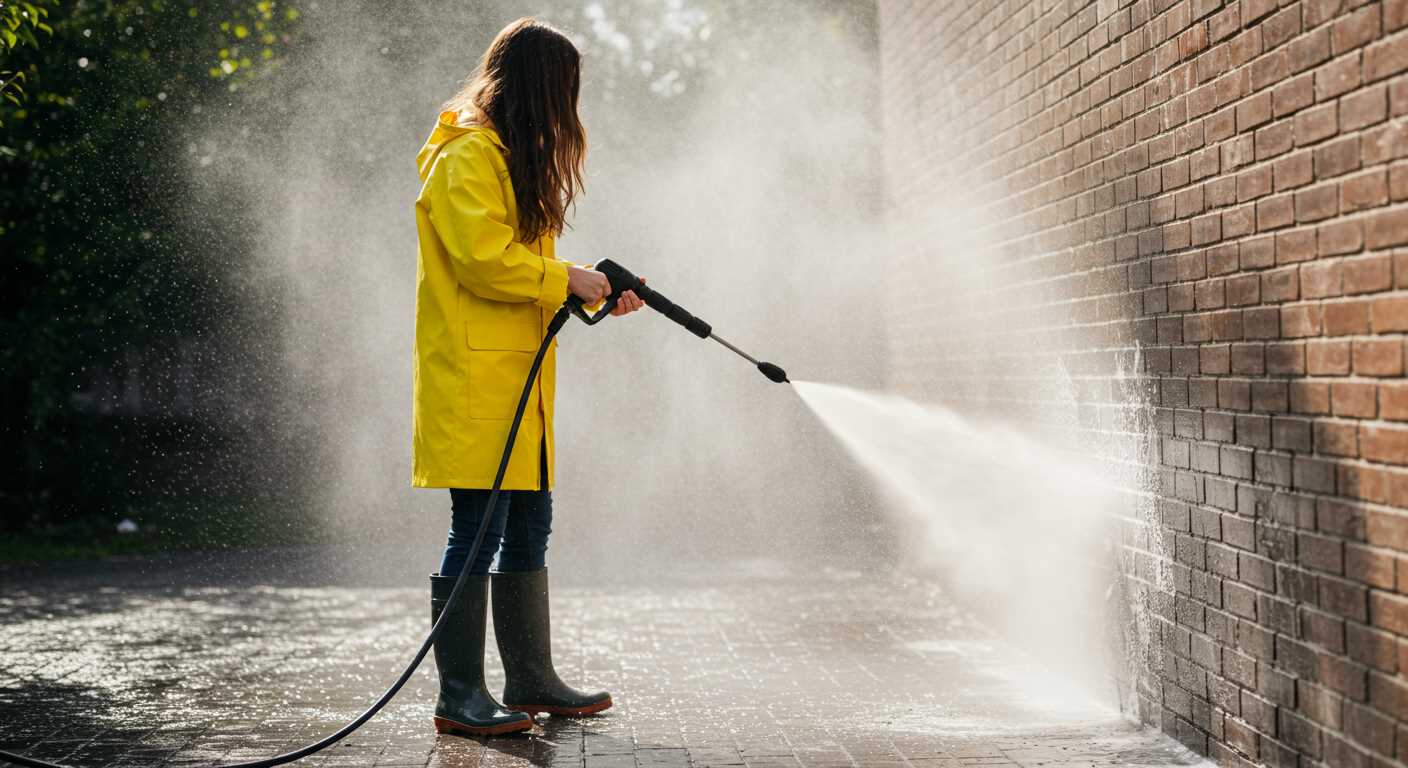
Before adding fresh fluid, it’s crucial to get rid of the old one. Position a suitable container under the drain plug and remove it carefully to avoid spills. Let the old liquid flow completely into the container. Inspect it for any debris or metal shavings, as these may indicate underlying issues within the engine.
Filling with Fresh Liquid
After draining, reattach the drain plug securely. Using a funnel, add the recommended amount of new fluid according to the model’s specifications. It’s advisable to fill it slightly below the maximum line to prevent overflow. Reinsert the dipstick and check the level once more, ensuring it meets the appropriate line.
Run the engine for a few minutes and check for leaks around the engine casing. Allow it to cool down before performing a final check of the fluid level. Regular monitoring and changes protect the engine from wear and enhance its longevity.
Common Mistakes When Choosing Lubricant for Cleaners
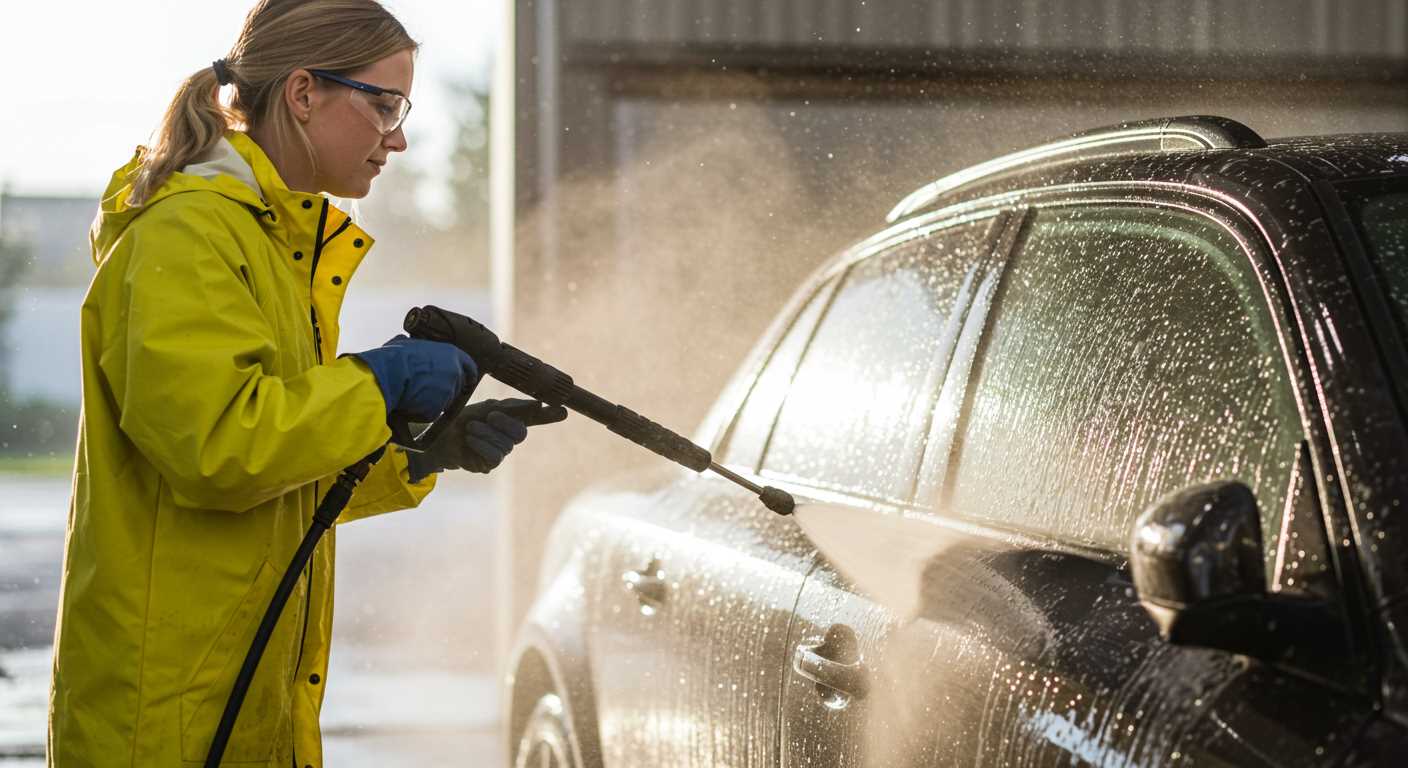
Choosing the wrong lubricant can significantly impact the performance and lifespan of your cleaner. A frequent oversight is selecting a product not specifically formulated for small engines. Always refer to the manufacturer’s recommendations to ensure compatibility.
Ignoring Viscosity Recommendations
Another common error is not paying attention to viscosity ratings. Using a product with the wrong grade can lead to inadequate lubrication under varying temperature conditions. Opt for the specified viscosity, typically mentioned in the user manual, to maintain optimal engine operation.
Neglecting to Consider Operating Conditions
Environmental conditions play a crucial role in lubricant performance. Users often overlook the impact of extreme temperatures or the frequency of operation. If you operate in hotter climates, consider a higher grade for better performance compared to cooler areas. Tailoring your choice to local factors ensures reliable functionality and longevity.
Storing Oil: Tips for Longevity and Performance
A well-maintained lubricant is key to optimal engine functioning. Store it in a cool, dry location out of direct sunlight. Ensure the container is tightly sealed to prevent moisture and contaminants from entering.
Container Recommendations
Utilise original containers, as they are designed for the specific formula. If transferring to a different vessel, choose a clean, labelled one that prevents chemical reactions with plastics. Avoid using old food containers, as residues can compromise the mixture.
Temperature and Shelf Life
Keep the temperature consistent, ideally between 10°C and 25°C. Extreme heat can degrade quality, while freezing can alter its viscosity. Check the expiry date regularly; conventional products typically last around two years if stored properly.
By following these guidelines, you’ll ensure the stored product maintains its properties and enhances the performance and lifespan of your machine.








